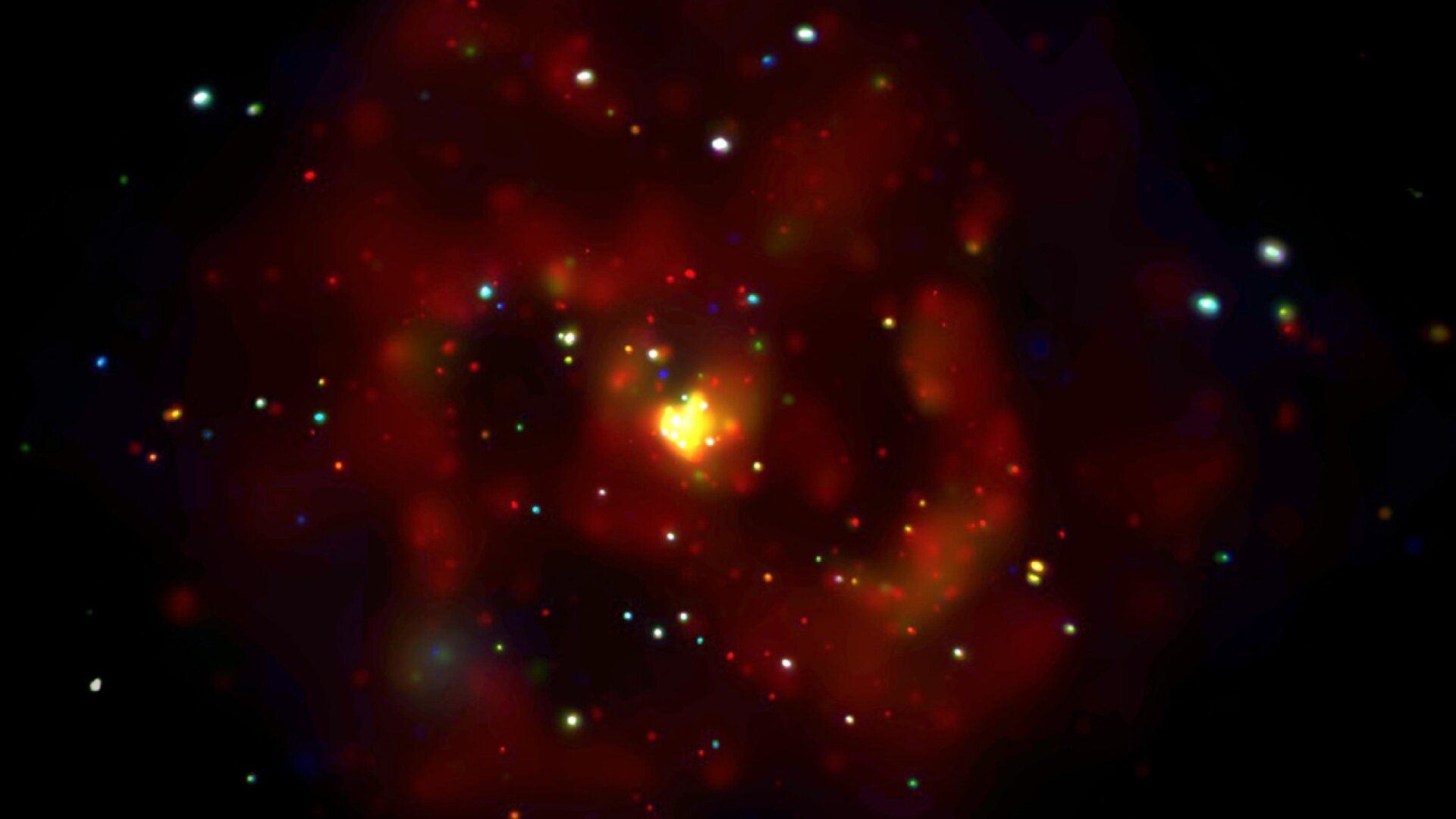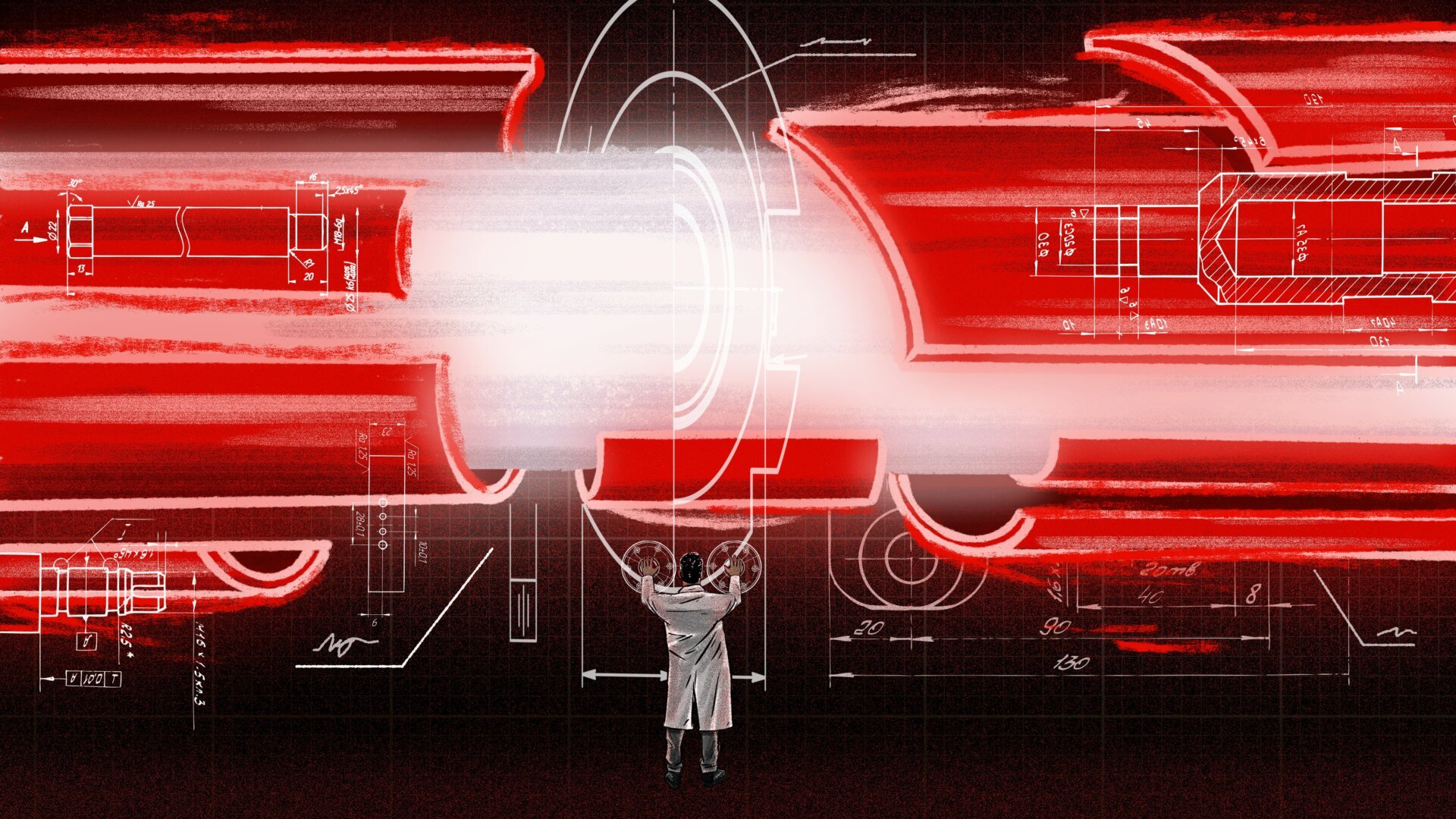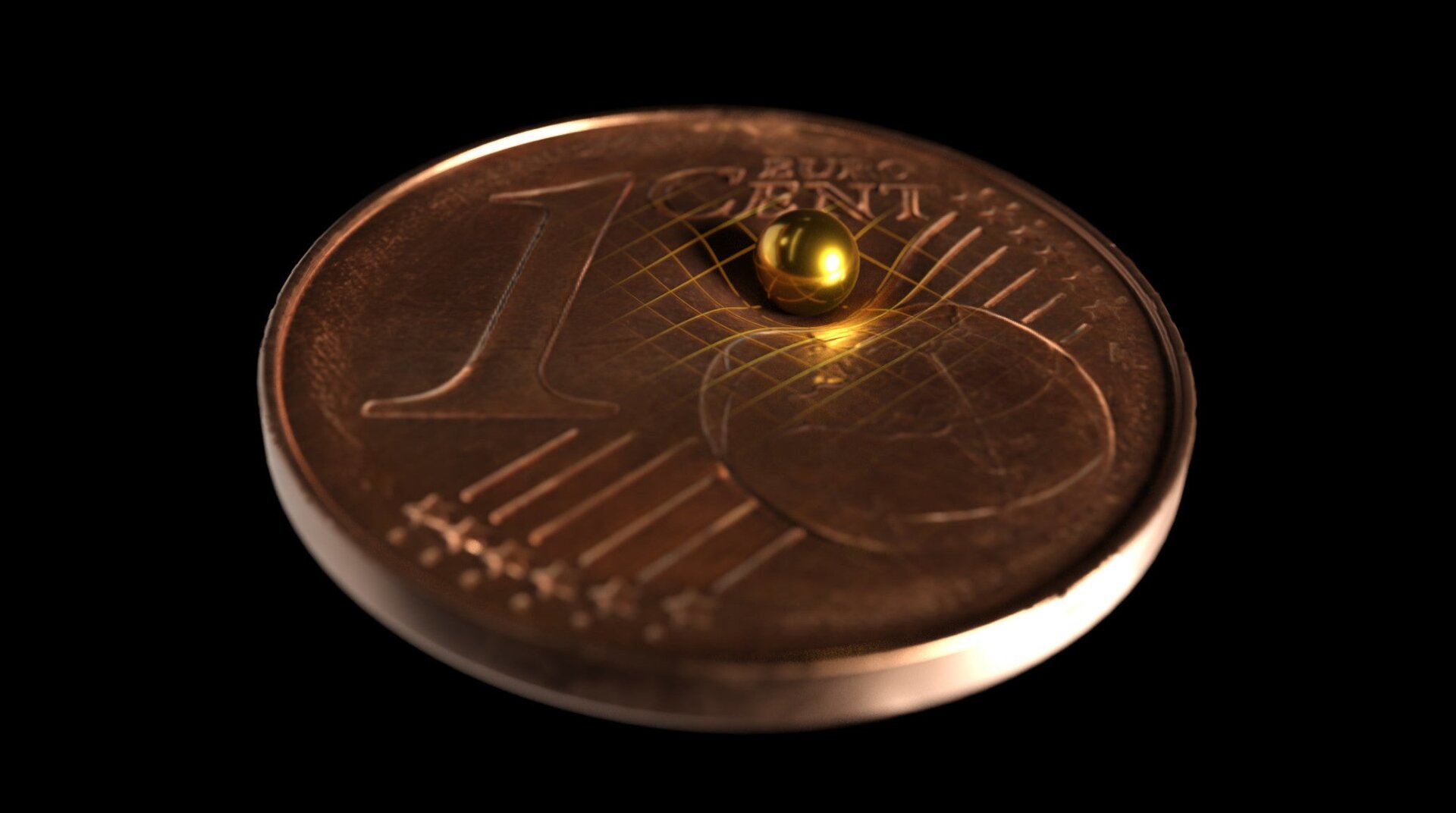Axions, first theorized 45 years ago, have long been a leading candidate for dark matter. While their existence remains hypothetical, a team of astrophysicists suggests these elusive particles may explain an excess of high-frequency X-rays emanating from a group of neutron stars in our galaxy known as the “Magnificent Seven.”
Neutron stars are incredibly dense remnants of collapsed stars, possessing powerful magnetic fields and composed primarily of neutrons. These stars emit low-frequency X-rays from their surfaces, a well-understood phenomenon. However, the Magnificent Seven also emit a puzzling excess of high-frequency X-rays, a mystery that has intrigued scientists. The new research, published in Physical Review Letters, proposes axions as a potential explanation for this anomaly.
The Axion Hypothesis
The fundamental question surrounding axions is their very existence. However, physicists generally agree on the properties these theoretical particles would possess. Axions are thought to interact weakly with ordinary matter, passing through it rather than scattering. Crucially, axions can convert into photons in the presence of strong magnetic fields, such as those surrounding neutron stars.
This behavior is somewhat analogous to neutrinos, small particles known to be emitted during neutron collisions within neutron stars. These neutrinos contribute to the star’s cooling process. The researchers hypothesize that axions, like neutrinos, could be created in the intensely hot and energetic cores of neutron stars. Upon encountering the star’s powerful magnetic field, these axions could transform into high-frequency X-ray photons, potentially accounting for the observed excess.
A New Perspective on Dark Matter
“We’re not claiming definitive discovery of the axion,” clarifies Raymond Co, astrophysicist at the University of Minnesota and co-author of the study. “But we are suggesting that the excess X-ray photons align with the theoretical behavior of axions.” This potential connection to axions represents a significant step towards understanding the nature of dark matter. Benjamin Safdi, particle physicist at the Lawrence Berkeley National Laboratory and co-author, emphasizes the potential impact: “Evidence for axions would revolutionize our understanding of nature.”
Looking Beyond Neutron Stars
To further investigate this hypothesis, the researchers propose focusing on white dwarfs, degenerate stars less dense and cooler than neutron stars. White dwarfs don’t emit the low-frequency X-rays characteristic of neutron stars, making them ideal candidates for isolating potential axion-generated X-rays.
“White dwarfs shouldn’t exhibit any X-ray emissions,” explains Safdi. “If we detect X-rays from a white dwarf, it would significantly strengthen the case for axions.” This focused observation could provide the crucial evidence needed to confirm the existence of these elusive particles and their potential role in the universe’s dark matter puzzle.
Conclusion
The discovery of excess high-frequency X-rays from the Magnificent Seven presents a tantalizing possibility: these emissions might be the first evidence of axions. While further research is necessary, this finding represents a significant step towards understanding the nature of dark matter and potentially unlocking new insights into fundamental physics. The proposed observation of white dwarfs could be the key to finally confirming the existence of these elusive particles.











